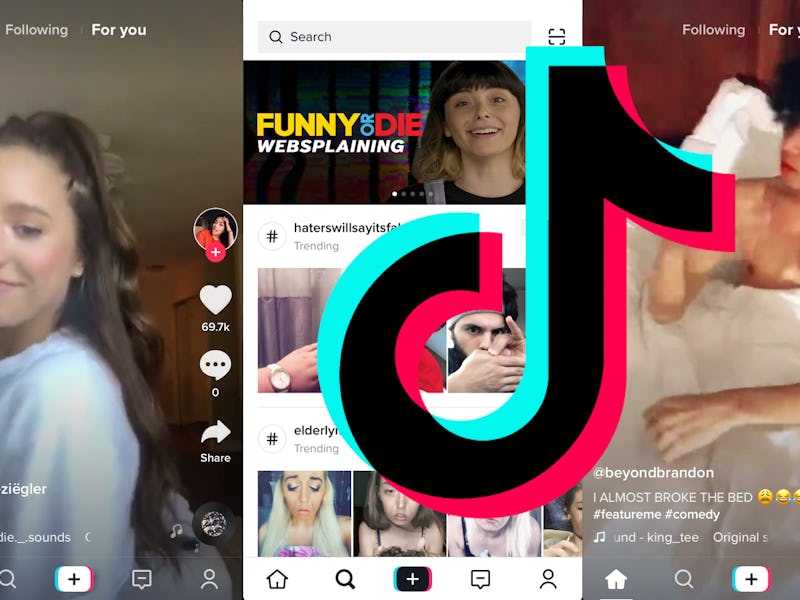Can TikTok Be the Next Vine, or Are Seconds-Long Streaming Apps Over?
Fifteen-second videos seem fated for the graveyard of apps.

Technically, Musical.ly is dead, and Vine has been rolling in its grave for years, now. But the spirit of seconds-long videos of tweens lip-syncing, Lele Pons pretending to be funny, and endless, sometimes dangerous meme challenges lives on in the TikTok app.
The essence of streaming success is its longevity, or lack thereof. In Vine’s heyday, it was pumping out future YouTubers in six seconds or less, until the app couldn’t afford it anymore. Vine co-creator Rus Yusupov settled on HQ Trivia, an potentially short-lived internet gameshow with limitless participants. Vine 2.0 died before it even got a chance to breathe. And Musical.ly, its successor, has been swallowed up by Beijing-based ByteDance Technology, a streaming machine hoping to capture the attention of America’s app-addicted teens.
What Is TikTok and Why Are There So Many Ads for It?
To its credit, TikTok, known as Douyin in China, is the world’s fastest growing app. Launched in September of 2016, it had 150 million users before enveloping Musical.ly, which boasted 100 million unique users of its own. Now, the branding on TikTok includes “musernames,” the same lingo Musical.ly used with its “musers,” and the app icon itself is the combined logo of both TikTok and Musical.ly.
Upon downloading the app, you can watch TikTok videos without creating an account — but if you do decide to build your own profile, you can follow other “musers,” like videos, and, of course, make your own. The interface is similar to Snapchat, with the ability to add sounds and song snippets from TikTok’s vast library of 15-second clips. There are also plenty of special effect options, filters, and an option to add videos you’ve created directly from your phone.
Part of TikTok’s appeal is supposed to be a broader genre than the standard Musical.ly fare. Unlike Vine, the focus is still on music as opposed to comedy. TikTok videos are pretty limited to, yes, lip syncing, but also dancing, parkour, challenges, magic tricks, “fails,” lip dubs, and even “aesthetics.” It’s not particularly groundbreaking, and a lot of the appeal definitely stems from sexy outfits and dance moves — some of the same traits that Musical.ly caught fire for.
Can TikTok Be Successful in the Streaming Economy?
Ever heard of Live.ly or Captioned? Have you downloaded the IGTV app yet? How about YouTube Red, what’s the status of your subscription? You probably don’t have any of those products, nor any interest in them, right? Let’s face it: YouTube and Instagram are miniature economies in their own right, but it’s so far proved impossible to replicate the success of either. Vine and Musical.ly were fun while they lasted, but their respective stars fle to YouTube monetization, Instagram sponsorships, and brand deals when it comes to making a living.
Plus, those platforms rely on building an audience with disposable income. Ads weren’t enough to save Vine, and TikTok doesn’t seem to have ad space yet. “Musers” who have built successful brands, like Loren Gray, the LaBrant family, and Baby Ariel all have some combination of merchandise lines, fledgling music careers, and, most importantly, a YouTube channel.
Of course it’s possible, and seemingly easy, to become a profitable social media influencer. But it takes more than 15 seconds of fame. The question is, can TikTok hold anyone’s attention that long?